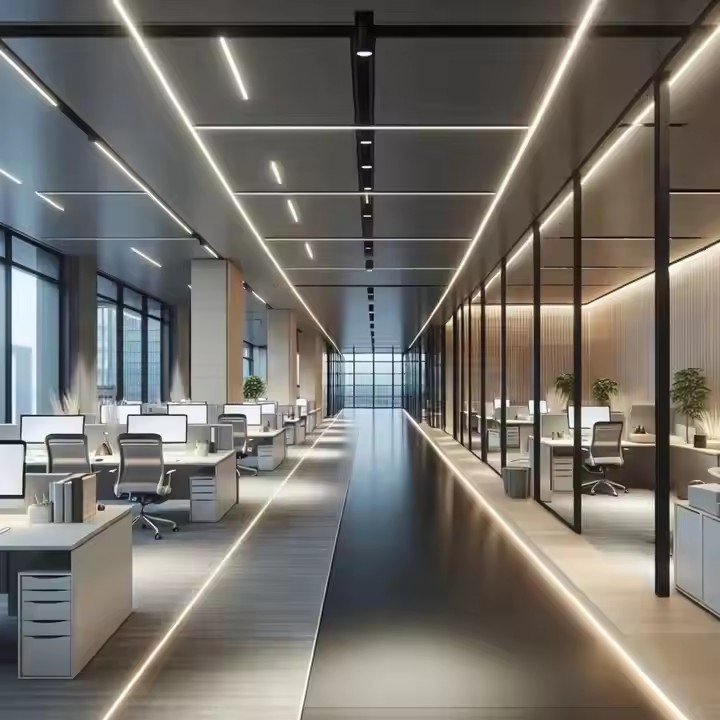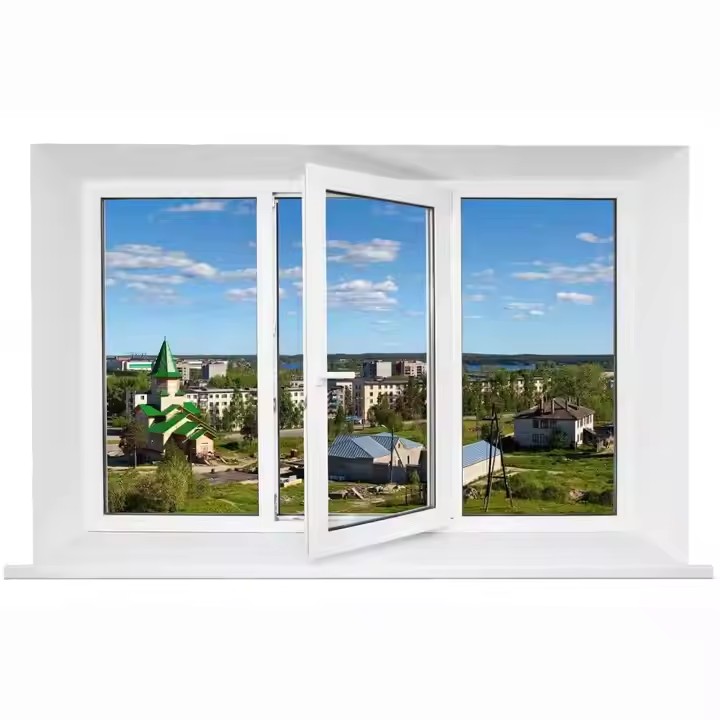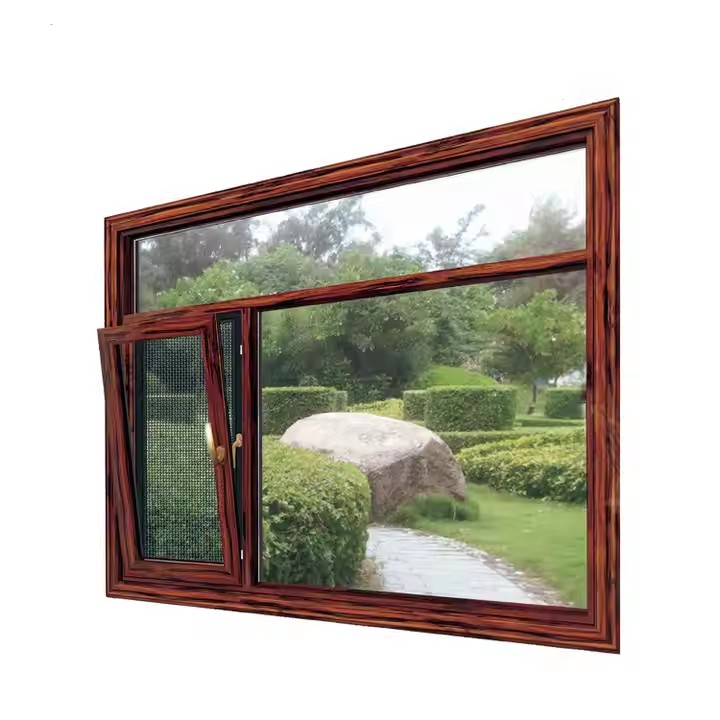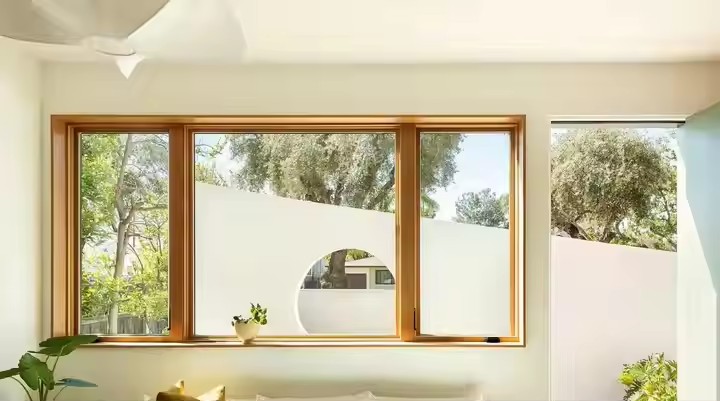Glass
Material characteristics: There are mainly types such as ordinary flat glass, tempered glass, laminated glass, and insulating glass. Glass has good light transmittance, allowing the interior to be fully lit and providing a transparent visual effect. There are many choices of materials for the roof, and you can make a decision based on your personal needs and budget.
Advantages
High light transmittance: It can introduce natural light to the greatest extent, making the sunroom bright and warm. People can fully enjoy the sunlight and the outdoor scenery indoors. The high light transmittance of glass can fill the room with sunlight, enhancing the living experience. In cold winter, sunlight can shine through the glass, raising the indoor temperature. People can have a comfortable physical feeling and work and live comfortably in the house.
Beautiful and grand: The glass material has a simple and modern appearance, which can be integrated with various architectural styles, enhancing the overall aesthetics and quality of the house.
Good sound insulation performance: Especially insulating glass and laminated glass can effectively block external noise and create a quiet and comfortable indoor environment.

Disadvantages
Average heat insulation: Ordinary glass has poor heat insulation performance. In summer, it is likely to cause the indoor temperature to be too high, increasing the energy consumption of cooling equipment such as air conditioners. In winter, indoor heat may dissipate relatively quickly.
Safety hazards: Although tempered glass and others have relatively high strength, there is still a risk of breakage in extreme cases, and the broken glass may cause harm to people.
Applicable scenarios: Sunrooms that have extremely high requirements for lighting and aesthetics, and are located in areas with a mild climate where the heat insulation demand is not particularly strong, such as sunrooms for leisure viewing and flower planting.
Color steel plate
Material characteristics: It uses cold – rolled steel plates and galvanized steel plates as the base plates. After surface degreasing, phosphating, and chromate treatment, it is coated with organic paint and baked. There are various colors to choose from.
Advantages
Easy installation: It is lightweight, and the installation process is relatively simple, which can greatly shorten the construction period and reduce construction costs.
Affordable price: Compared with some high – end materials, the price of color steel plates is more affordable, with high cost – effectiveness.
Good waterproof performance: The connection between color steel plates usually adopts a special sealing process, which can effectively prevent rainwater from penetrating and ensure the waterproof effect of the sunroom.
Disadvantages
Poor light transmittance: It basically has no light transmittance, making the sunroom relatively dim and relying on artificial lighting.
Limited heat insulation: Although the heat insulation performance can be improved by adding insulating cotton and other methods, the overall heat insulation effect is still not as good as some special heat – insulating materials.
Lack of aesthetics: The appearance is relatively single, and the aesthetics and texture are not as good as materials like glass.
Applicable scenarios: Sunrooms that have low requirements for light transmittance and focus on cost control and practicality, such as sunrooms for storage and breeding.
Polycarbonate solid sheet
Material characteristics: Its main component is polycarbonate, which is an engineering plastic with high strength and high toughness, and has good impact resistance.
Advantages
Strong impact resistance: Its impact strength is more than 200 times that of ordinary glass, which can effectively resist natural disasters such as hail and strong winds, with high safety.

Good heat insulation performance: It has a good heat insulation effect, which can effectively reduce the temperature in the sunroom and reduce energy consumption.
Adjustable light transmittance: There are products with different light transmittance available, which can not only meet certain lighting needs but also play a certain sun – shading role.
Lightweight: It is convenient for handling and installation. At the same time, it reduces the overall weight of the sunroom, and the requirements for the building structure are relatively low.
Disadvantages
Easy to be scratched: The surface is relatively soft and easy to be scratched by sharp objects, affecting the aesthetics and light transmittance.
Limited service life: Under long – term ultraviolet irradiation, problems such as aging and yellowing may occur, affecting the service life.
Applicable scenarios: Sunrooms that have high requirements for safety and heat insulation and hope to have a certain light transmittance, such as sunrooms for children’s activity areas and gyms.
Polycarbonate hollow sheet
Material characteristics: It is also a polycarbonate – based sheet, generally with a multi – layer structure, having good mechanical and optical properties.
Advantages
Good light transmittance: The light transmittance can reach over 80%, and the light is soft and uniform, which can effectively reduce glare and provide a comfortable lighting environment indoors.

Excellent heat insulation and thermal insulation performance: The multi – layer structure gives it a good heat insulation effect, which can effectively block heat transfer and reduce indoor temperature fluctuations.
UV protection: The surface is usually coated with a UV – resistant layer, which can effectively block ultraviolet rays and protect indoor items and people from UV damage.
Disadvantages
High price: Compared with some other materials, the price of polycarbonate hollow sheets is relatively high, increasing the construction cost of the sunroom.
High installation requirements: Professional installation techniques and tools are required to ensure the installation quality. Otherwise, problems such as water leakage may occur.
Applicable scenarios: Sunrooms that have high requirements for lighting, heat insulation, and UV protection, such as sunrooms for leisure, entertainment, and office functions.

